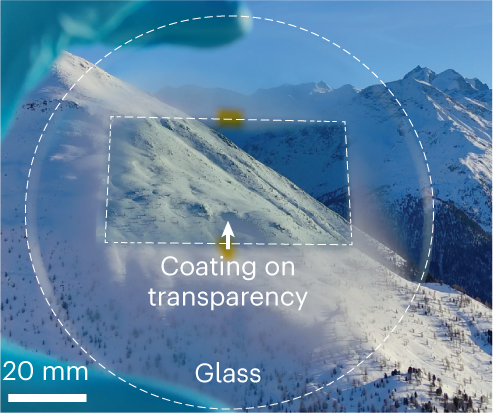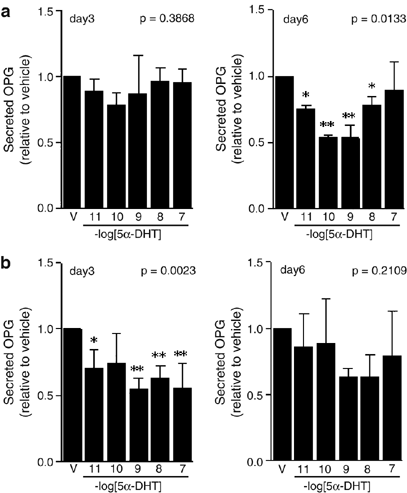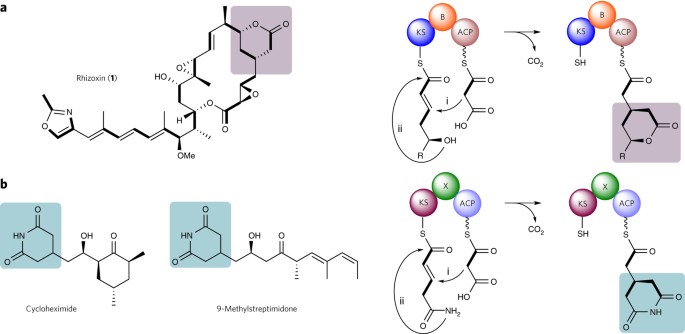
- Select a language for the TTS:
- UK English Female
- UK English Male
- US English Female
- US English Male
- Australian Female
- Australian Male
- Language selected: (auto detect) - EN
Play all audios:
A randomized trial laid the groundwork for FFRangio, a proprietary angiography-derived fractional flow reserve (FFR) tool, as a potential gatekeeper for coronary revascularization.
When put to the test in the PROVISION trial, FFRangio was on par with conventional wire-based FFR assessment for participants with intermediate-grade coronary lesions -- and for the most
part stable angina -- who went on to get revascularized (41.4% vs 37.9%, Pnon-inferiority=0.049), according to Toru Tanigaki, MD, of Gifu Heart Center, Japan, reporting at the EuroPCR
conference held annually in Paris.
Although the 400-person study was too small to really compare clinical outcomes, Tanigaki said a count of major adverse cardiac events (MACE) by 1 year did come out favorably for FFRangio in
relation to standard FFR (9.9% vs 12.6%, HR 0.80, 95% CI 0.42-1.51). The individual components of MACE all trended in favor of FFRangio:
More definitive data are anticipated to come from ALL-RISE, a larger trial of FFRangio that has finished enrollment and is slated for completion in early 2026.
Wire-based FFR is the gold standard for physiological assessment as part of decision making before percutaneous coronary intervention (PCI). Given FFR's need for hyperemic drug stimulation
and invasive pressure wires, however, it is often skipped in cath labs. Thus, the search is on for good noninvasive alternative physiological tests -- FFRangio being just one of many in
development.
The importance of FFRangio's noninferiority by proportion revascularized was highlighted by session discussant Bernard De Bruyne, MD, PhD, of Cardiovascular Center Aalst in Belgium.
He cited the failure of quantitative flow ratio (QFR), another angiography-based FFR estimate, in the recent FAVOR III Europe trial. In that study, consistently lower QFR values (median 0.81
vs FFR 0.84) led to a 21% increase in study lesion revascularizations and the inability of QFR to meet noninferiority criteria for clinical outcomes at 12 months.
Importantly, "this is not the message with FFRangio," De Bruyne said.
From PROVISION, Tanigaki reported that the mean FFR turned out to be 0.80 and mean FFRangio 0.79.
He also suggested potential cost savings with FFRangio based on the study. Those who ultimately opted for medication logged average medical costs over follow-up reaching $491 for the
FFRangio group vs $865 for controls (P








